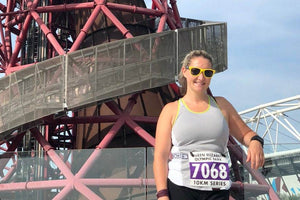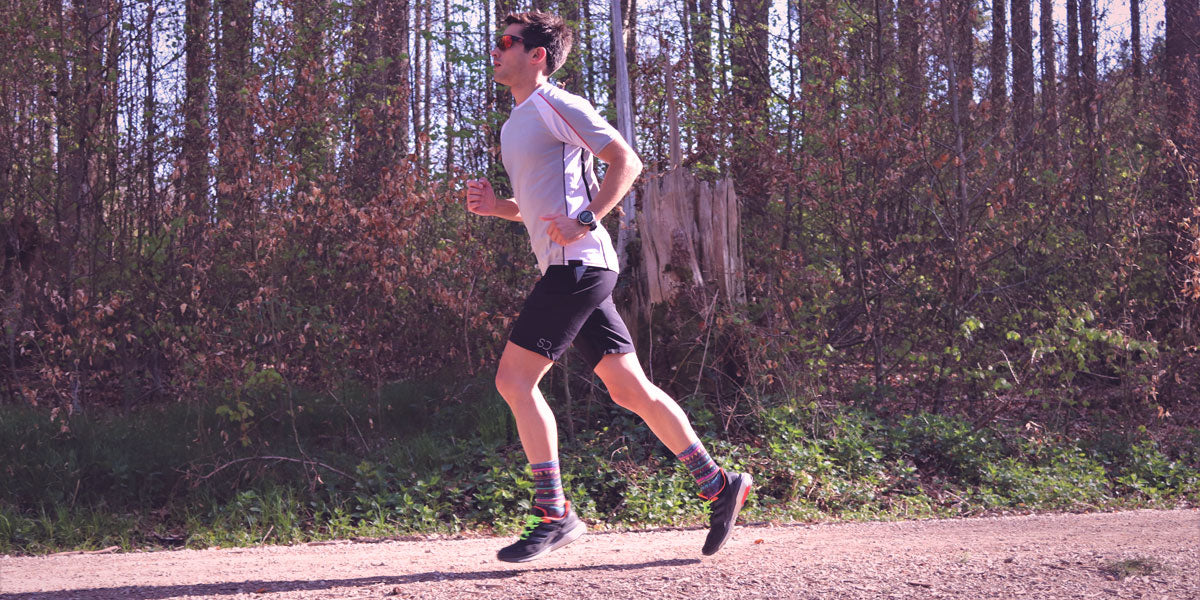
If you're fairly new to running or you've just stepped up to 10k distance, it can be a big deal to be able to run the full 6.2 miles without taking any walking breaks. We give you all the advice you need so you can smash your next race and even achieve a PB!
1. Don't 'break the seal'
If you're a member of a running club or you have runner friends, you might have heard them talk about 'breaking the seal'. This refers to the fact that once you stop running and walk once, it becomes very difficult to then start running again without taking any further walking breaks. Once you 'break the seal' it's almost impossible to get your rhythm and mojo back and you're doomed to run/walk the rest of the distance.
If you intend to run the full 10k without walking, make sure you don't 'break the seal' as this will make it easier to keep running. If you start to feel tired, you can certainly slow your running pace, just make sure you don't walk!
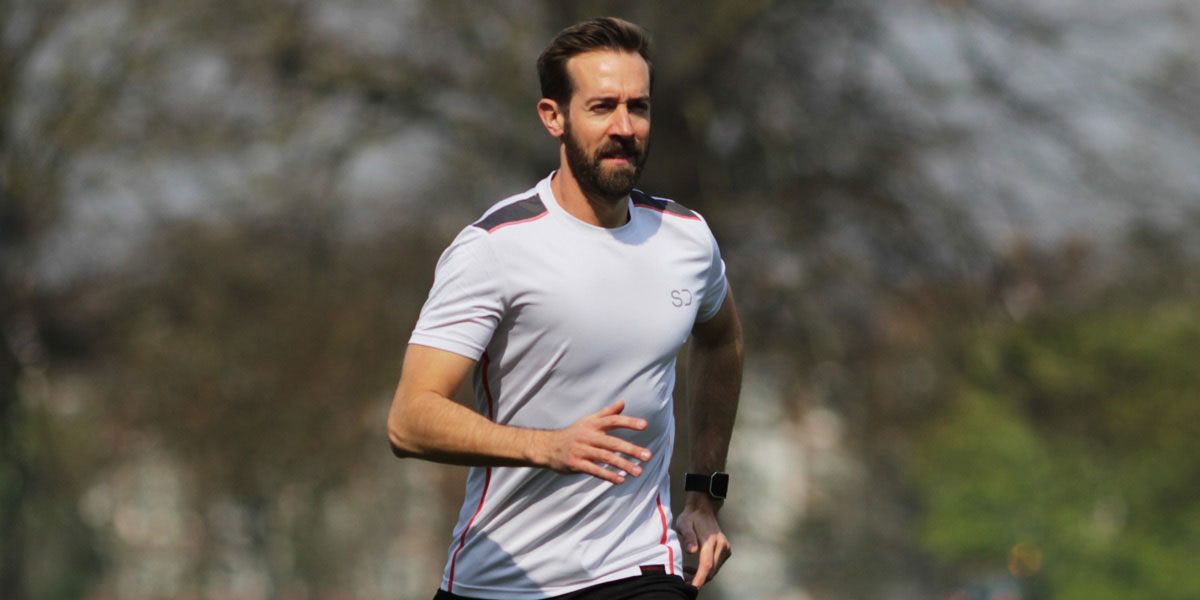
2. Start as you mean to go on
Don't even entertain the idea of walking from the start. Sometimes we promise ourselves a walking break as a reward after a set number of miles but this then goes back to point number 1 as 'breaking the seal' sets your fate for the rest of the run. If you start the run or race without even thinking about walking or allowing yourself to stop, you are far more likely to succeed. Focus on keeping a steady pace and run slower than you think you need to at first so that you don't over exert yourself too early and end up forced to walk.
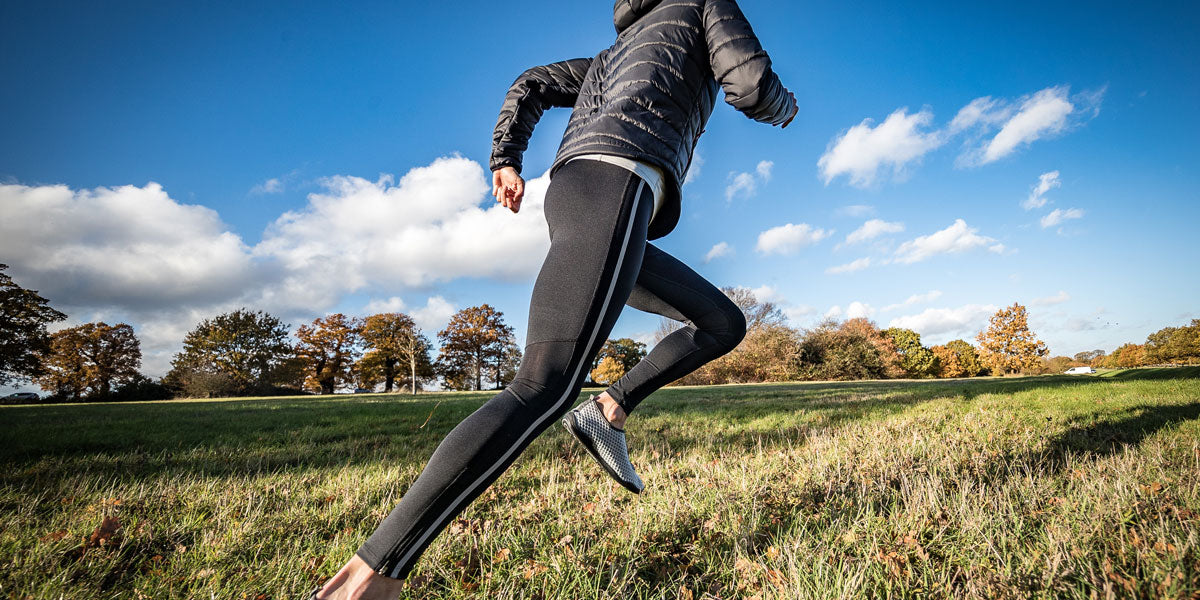
3. Keep a steady pace
Especially when in race conditions or when running with others, it can be tempting to set off too fast and this will almost inevitably end up with you having to walk. It's much better to run slower than you think is necessary at the start and gradually speed up than to set off too fast and have to stop.
A negative split refers to doing the second half of a race faster than the first half and it's no bad thing! One racing tactic could be doing the first 5k at a very steady, slow pace and then speeding up for the second 5k. Not only are you less likely to stop and walk, it will motivate you to get a better time and hopefully a PB!
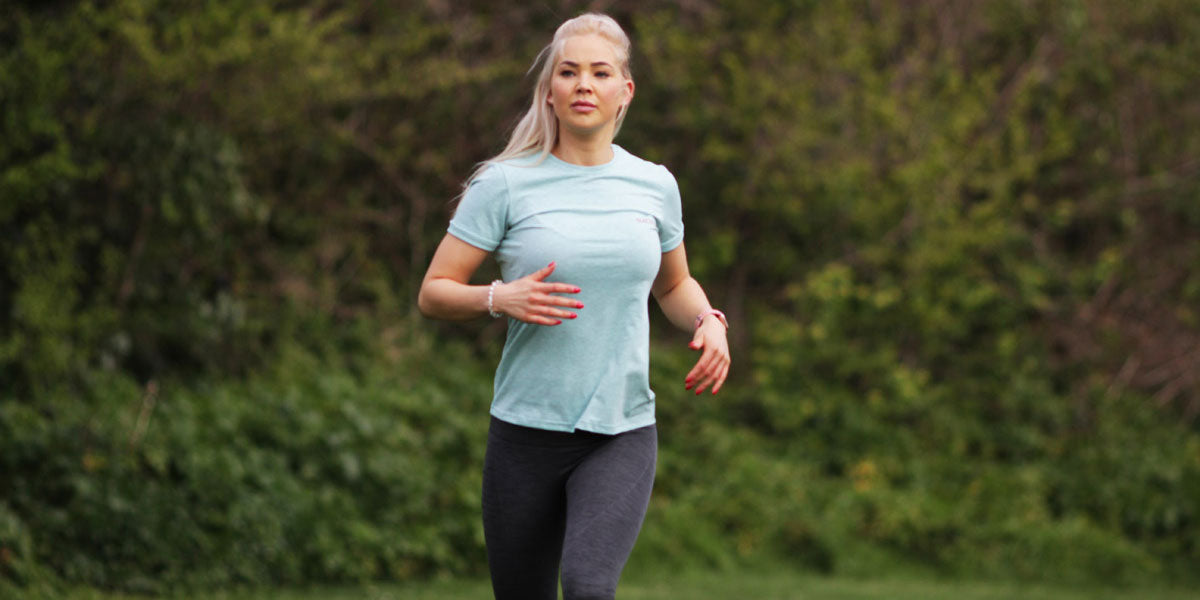
4. Do plenty of hill training
A lot of races these days are designed on flat courses to be beginner-friendly, but that doesn't mean all of your training should be done without elevation. Doing hill training is great form of training as it not only improves your cardiovascular fitness, it also improves your running form as it encourages you to pick up your legs and drive from the hip instead of dragging your legs.
Incorporating at least one hill training session into your weekly run schedule should increase your fitness enough to run the full 10k distance without walking and will also strengthen your legs so that they don't start to ache during the race.
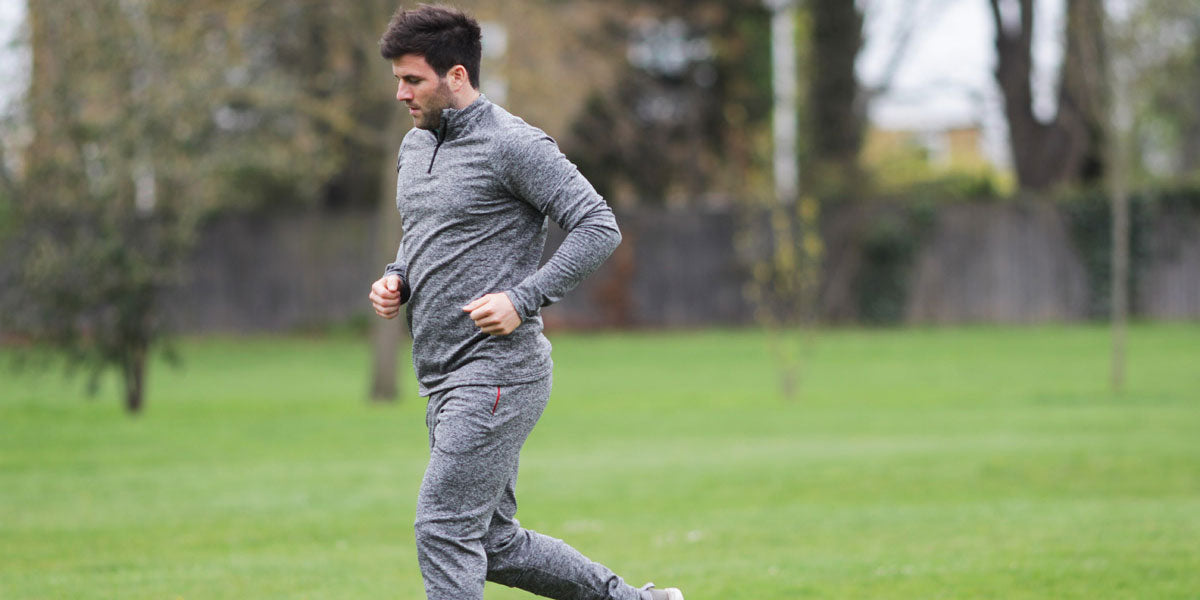
5. Make sure your fitness is up to scratch
It could be said that the main reason many people stop and walk during a 10k is not physical but mental. However, making sure your fitness really is up to scratch so that you can comfortably run the distance is very important too.
Train with someone faster than you who won't let you walk as this will be hugely motivating and will force you out of your comfort zone, which is when you'll make the best progress. You could also take an easy VO2 max test on a treadmill or at the gym to make sure your fitness is improving over the course of your training.



